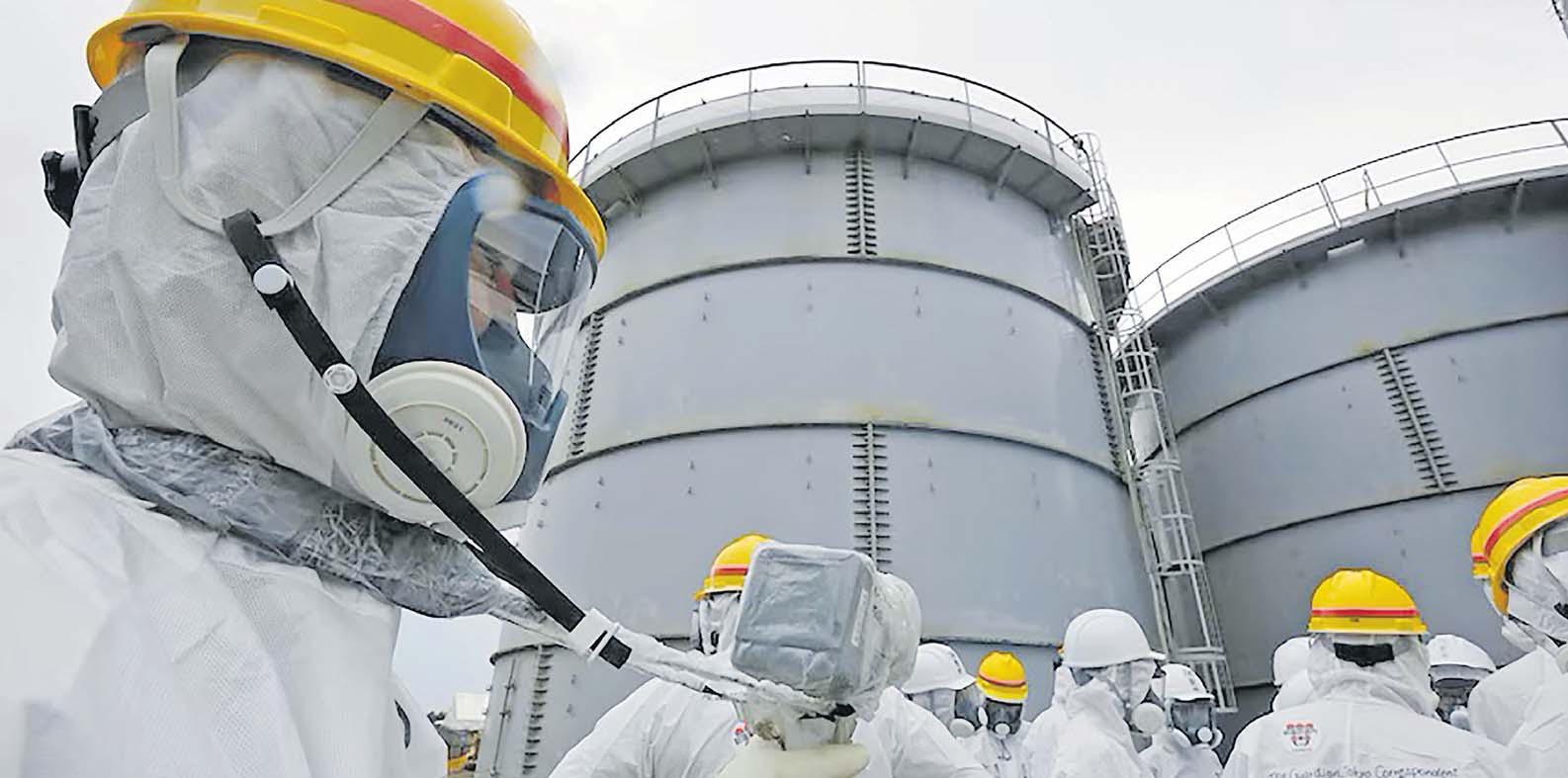As an environmental toxicologist based in New Zealand, I am deeply concerned about the state of our ecosystems.
I am concerned about the recent decision to discharge contaminated water from the Fukushima Daiichi nuclear power plant into the Pacific Ocean.
Not only does this decision impact our efforts to protect the environment, but it also potentially has far-reaching consequences for both local marine life and the international community.
Starting this week and for the next 30 years, Japan plans to discharge treated water from Fukushima into the Pacific Ocean.
The water stored in the on-site tanks is discharged via a pipeline 1 kilometre offshore.
So, where did this radioactivecontaminated water come from in the first place?
It came from the Fukushima Daiichi nuclear power plant in Japan. When the plant’s reactor cores were damaged by the 2011 Tohoku earthquake and tsunami, they were cooled with seawater. This resulted in the water becoming contaminated with radioactive elements from the damaged reactor cores. This contaminated water has been collected on site over the decade and stored in tanks.
What radioactive elements are found in the contaminated water and how are they treated?
The contaminated water contains 64 radioactive elements. However, according to the power plant operator Tokyo Electric Power Company (TEPCO), this collected water is treated to reduce radioactive levels and then stored on site in steel tanks. Interestingly, the company’s Advance LiquidProcessing System (ALPS) removes 62 of the 64 radioactive elements that are below Japan’s 2022 regulatory limits, allowing the water to return to the natural environment. However, this method does not eliminate carbon-14 and tritium. The company proposes that further dilution with seawater will reduce levels of both of these radioactive elements to levels naturally occurring in the ocean within a few kilometres of the discharge site.
Is there enough research to support the discharge of these treated waters?
The United States, South Korea and the Philippines have raised concerns that the treated water could lead to unexplored impacts on the oceans. They are concerned because there is not enough solid scientific evidence to support Japan’s claim that it is safe, as claimed by the US-based National Association of Marine Laboratories in Virginia. One of the scientists advising the Pacific Islands Forum asked important questions about tritium and carbon14, but those questions still remain unanswered. While some experts claim that the treated water is safe, we must consider the importance of this issue to the Pacific Island nations. These countries rely heavily on seafood for their livelihoods, unlike developed countries that have alternatives such as onshore aquaculture. Therefore, the way people perceive this situation could not only affect trust in regulators, but also disproportionately affect the Pacific Islands, which lack alterna tive options. We are at a pivotal moment where rethinking our choices is not just an option but a necessity.
• Dr RAVNEEL CHAND has a PhD in environmental toxicology from the University of Otago and is a lecturer at IPU New Zea land in Palmerston North. Disclaimer: The opinions expressed in this article are those of the author, Dr. Ravneel Chand who serves as the New Zealand representative to the Society of Environmental Toxicology and Chemistry (SETAC). As an expert in the field of environmental toxicology and a deep advocate for the well-being of the Pacific Island Countries, Dr. Chand’ s views reflect a combination of expertise and genuine concern for the region.
The purpose of this article is to provide insight and raise awareness of the topic covered, while also encouraging informed discussion and reflection on the topic. The views of the author do not necessarily reflect the views of this newspaper.



